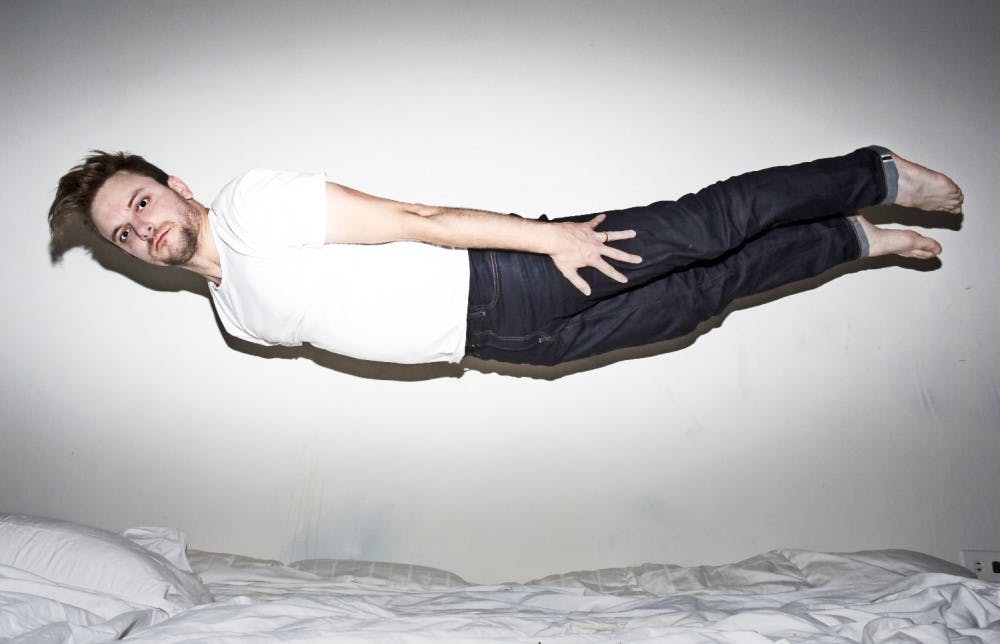Students are exploring the current realities of COVID-19, the Black Lives Matter movement and political unrest in ARTS1000: “? I’m So Alone ?: The Art of Surveilled Bodies Amidst a Global Epidemiological Cluster#@%$,” an interdisciplinary arts workshop offered by the Brown Arts Initiative this fall.
The BAI has presented annual cross-disciplinary art workshops since fall 2019. The workshops aim to foster dialogue between artists and scholars from different fields, according to the BAI website.
The BAI Center for Arts, Research and Collaboration announced this fall’s ARTS1000 workshop in March as “an opportunity for undergraduate students, graduate students and faculty working in the arts to create cross-disciplinary connections.” The class involves many media styles, and requires reading responses — “though ‘reading responses’ is admittedly a bit of a misnomer,” said Sydney Skybetter, the contemporary dance choreographer who teaches the course. “Folks can submit critical writing … paintings … word maps and dances. I don’t view it as my job to tell students how to respond to matters at hand. I just insist that they do,” he added.
“How are digital architectures prejudiced against the movements, ability, health, wealth, expressiveness and access of different bodies, specifically and especially in the emerging post-COVID-19 world?” Skybetter asks in the syllabus. The course encourages students to use “individual research and artistic interests” to engage with “critical, technological and artistic practices that explore the power dynamics of structural discrimination and racism embedded within techno-cultural systems,” according the syllabus.
Students will be required to read texts by a number of artists and writers. These works grapple with pertinent issues such as race, technology, the human body and where these three topics intersect.
Skybetter will also invite guest lecturers such as Addie Wagenknecht, an experimental artist, to come in and speak to the class. Skybetter wants to “bring students into dialogue with such artists doing kick-ass, genre-expanding work, which … they were also doing before COVID-19,” he said.
As a choreographer, Skybetter said that he focuses on the body’s movement in time and space in both his work and teaching.
“I’m also inclined to view scholarly research, archival work and code as creative pursuits,” Skybetter said. “My specific work and teaching are preoccupied with how bodies move through space and time … (My) work is about surveillance … But even more about resistance and re-centering attention on embodiment amidst a catastrophic moment awash in body-centric technologies.”
Nicole Sintetos MA’18 PhD’22, a student in Skybetter’s class, wrote in an email to The Herald that the class is “practice-based, interdisciplinary, intellectually rigorous and collaborative.” The course was attractive to her as she sees her current own research on the ethics of Japanese internment camps in America as “an inherently creative process,” she added.
After uncovering “the names, ages and genders of now deceased Japanese Americans” from archives, Sintetos felt that the course has allowed her to consider the invasiveness and “the ethics of ‘exposing’ the camps,” she wrote.
Skybetter said that COVID-19 has not necessarily “affected the production of art so much as (recentered it) on what was previously marginal or less dominant.”
“Perhaps the first thing we learned in the course was that surveillance is not (only) something that happens (elsewhere). It’s here (in America),” he said. “We as educators, students and administrators are implicated in the proliferation of this crap, and yet, how we decide to respond or resist can be creatively catalytic.”

ADVERTISEMENT




